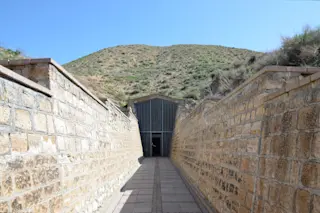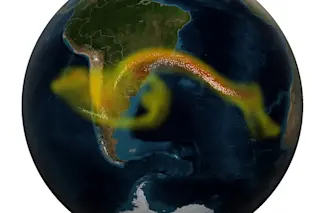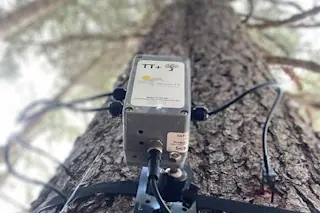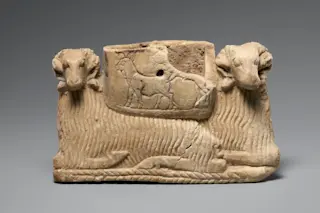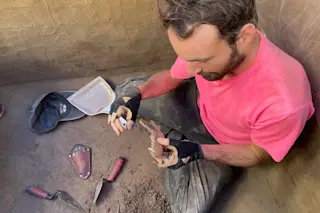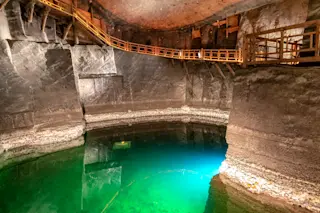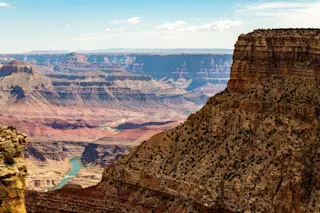This article was originally published in Eos.
Along with Egypt and Babylonia, the Hittite Empire was one of the major powers of the eastern Mediterranean and Near East during the late Bronze Age. For more than 500 years, the empire’s military might and sociopolitical complexity allowed the Hittites to control the strategic region straddling eastern Anatolia and the northern Levant.
But by about 1200 B.C., the empire had collapsed. Researchers have cited armed conflict, disease, and political crises as contributing to its decline. Evidence hidden in ancient juniper trees points to what may have triggered that domino effect of calamities: a prolonged drought.
The Lion Gate marks an entrance to the ancient Hittite capital of Hattusa, in what is now Türkiye. (Credit: Carole Raddato, CC BY-SA 2.0)
Carole Raddato, CC BY-SA 2.0
In 2020, a group of scientists led by Cornell University archaeologist Sturt Manning began analyzing samples from juniper ...


